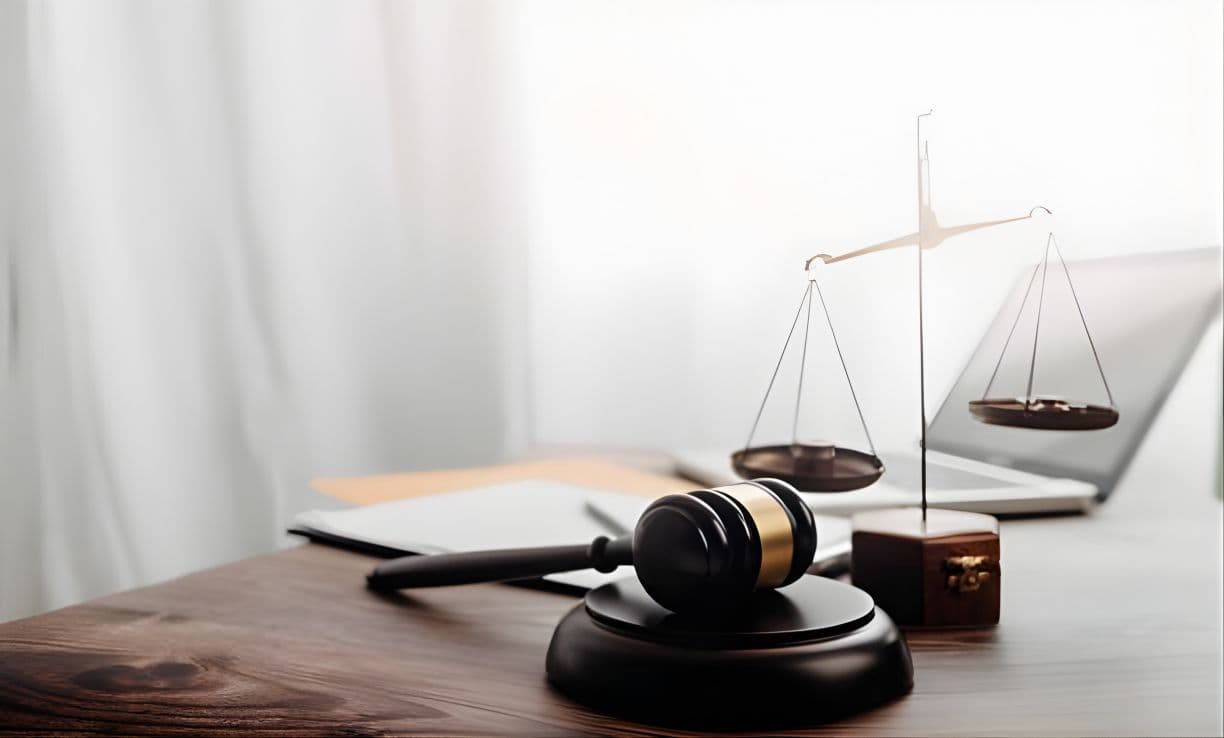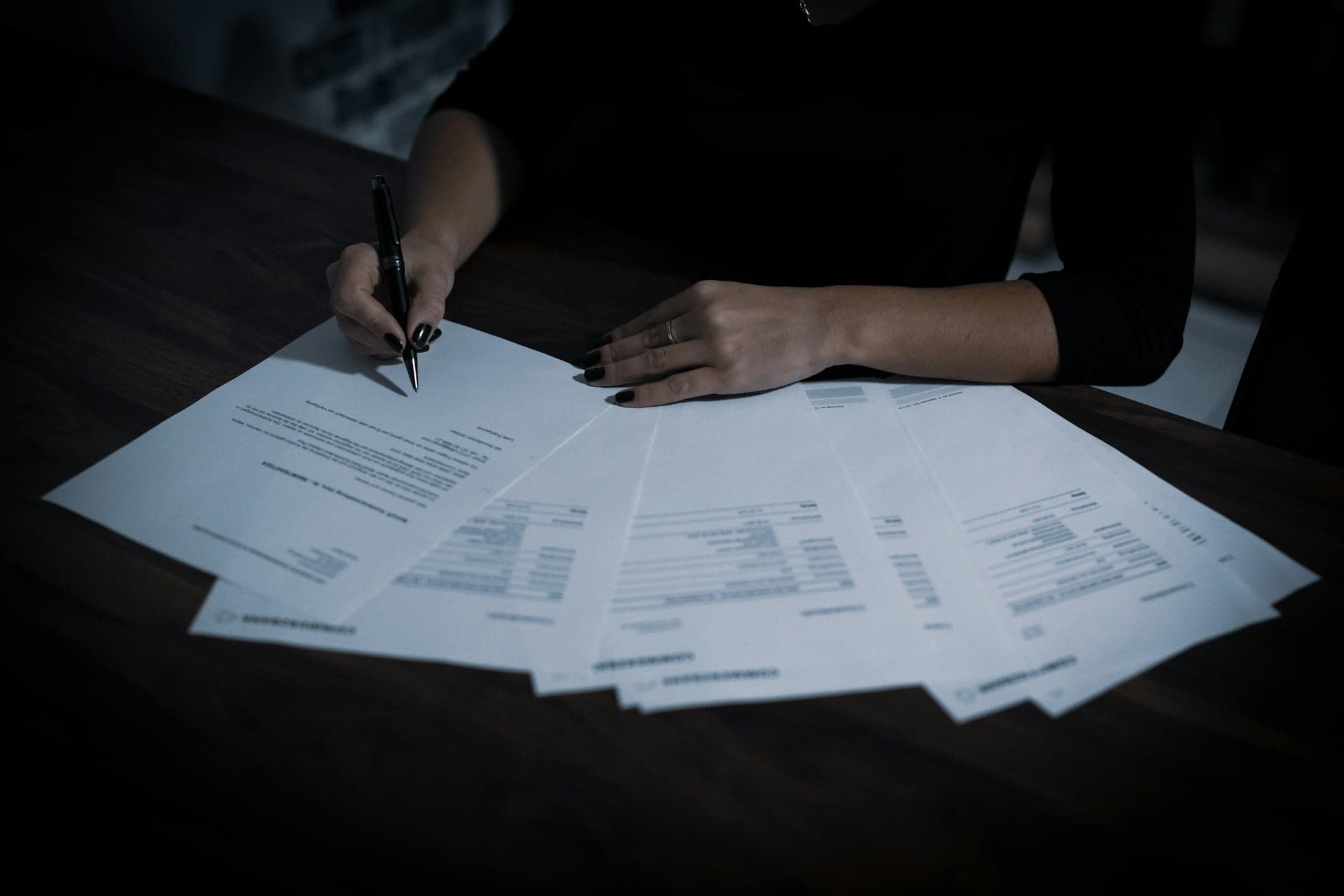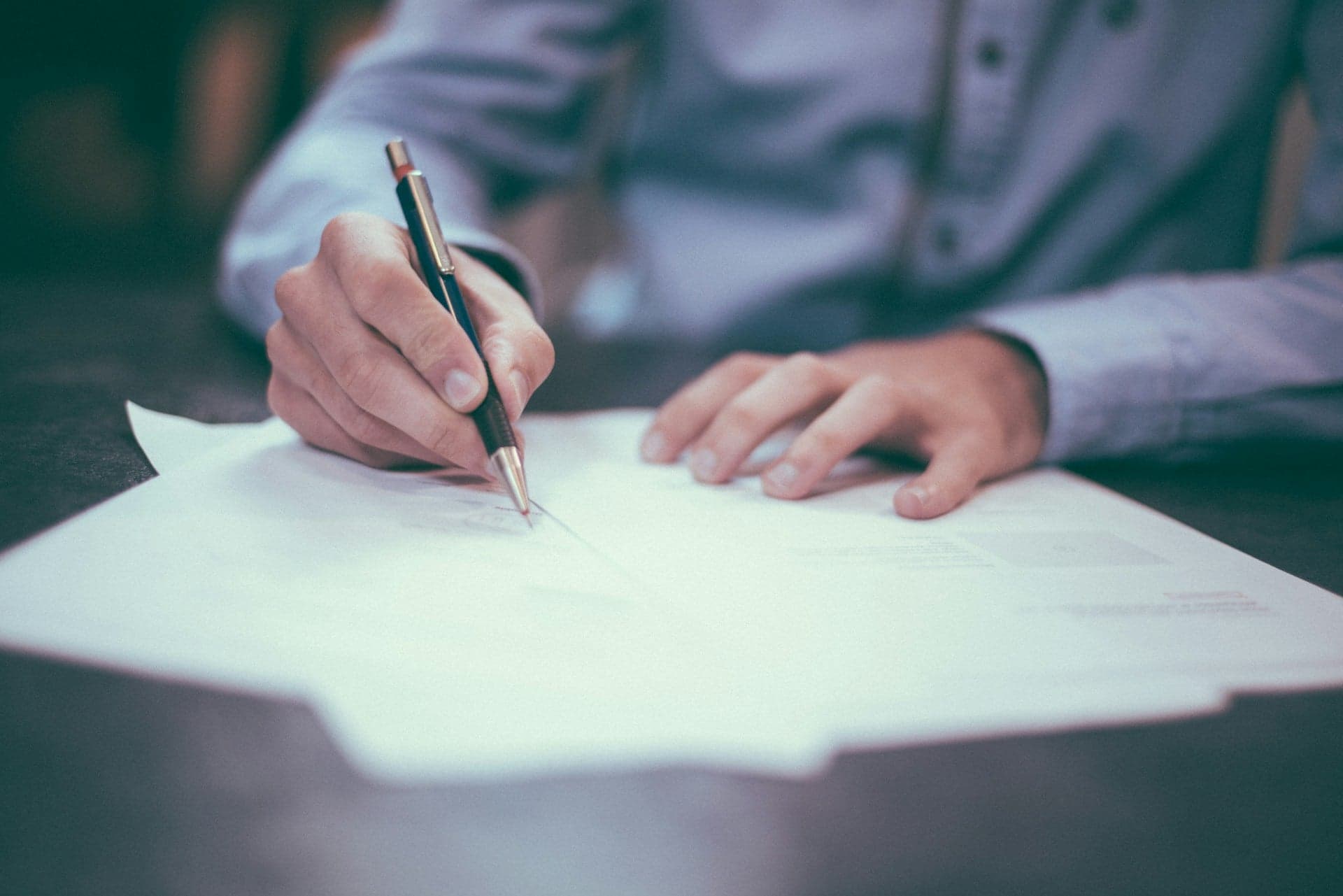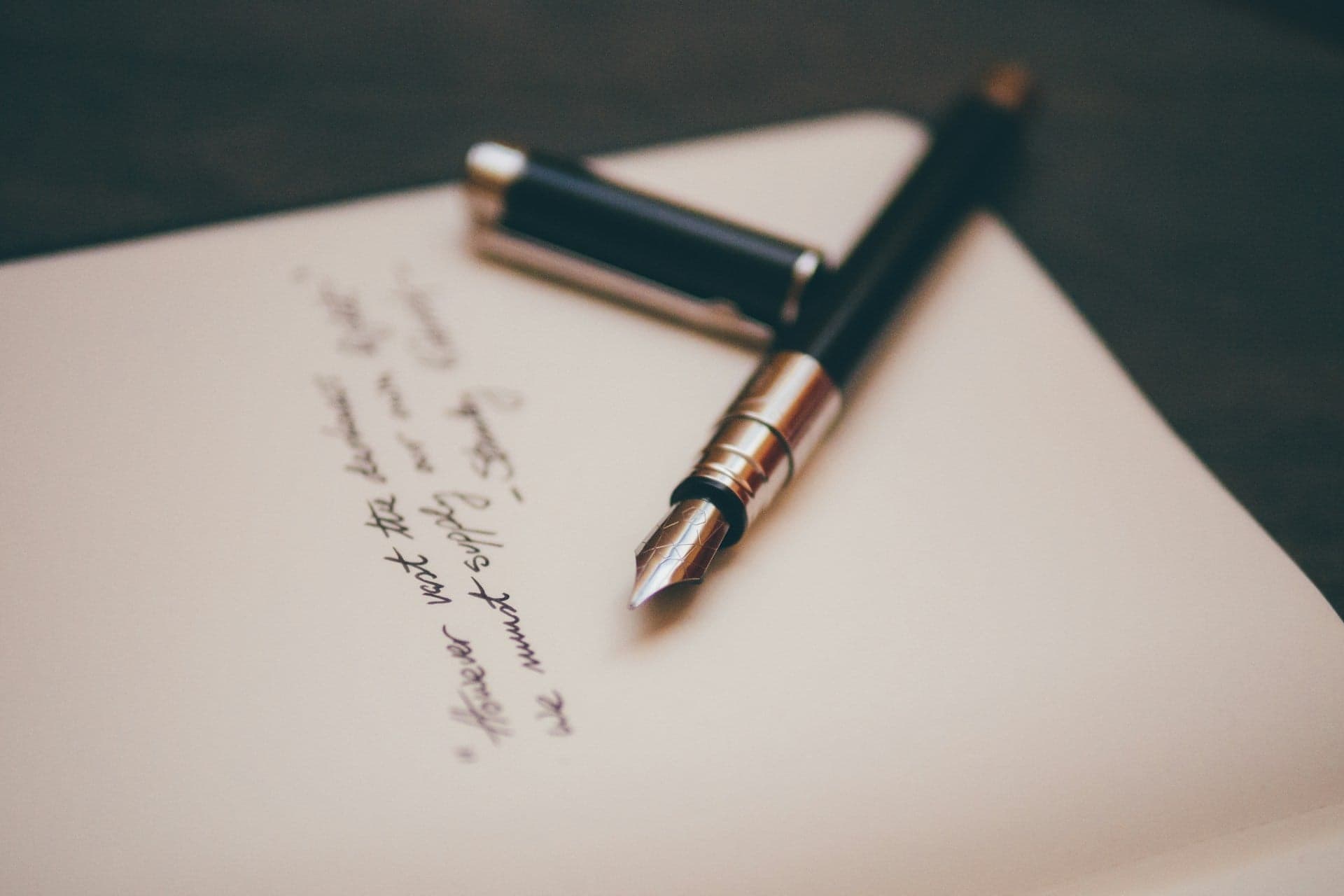Warranty of assets and liabilities: protecting yourself after the sale

Introduction
You have found the ideal business. The figures are good, the sector promising, the price negotiated. But what happens if, three months after signing, an undeclared tax liability emerges? Or if a hidden commercial dispute comes to light?
This is precisely the risk covered by the warranty of assets and liabilities (WAL). This contractual mechanism, systematic in business transfers, protects the buyer against unpleasant post-sale surprises. It commits the seller to the accuracy of the information provided and defines the compensation conditions in case of problems.
For the seller, the WAL is not just a constraint: it is also a credibility tool that reassures the buyer and facilitates the completion of the transaction. For the buyer, it represents essential security against the grey areas of due diligence.
Caps, thresholds, duration, warranted representations: negotiating a balanced WAL requires a good understanding of its mechanisms. This guide details the key elements of the warranty of assets and liabilities, its implementation procedures, and presents concrete practical cases to better understand its role in a business transfer.
📌 Summary (TL;DR)
The warranty of assets and liabilities (WAL) is a contractual mechanism that protects the buyer against hidden liabilities discovered after the sale. It commits the seller to the accuracy of their representations and sets the compensation conditions: duration (generally 1 to 3 years), cap (often 10 to 30% of the price), threshold, and claim procedures. A balanced WAL secures the transaction for both parties and facilitates the completion of the sale.
📚 Table of contents
What is the warranty of assets and liabilities (WAL)?
The warranty of assets and liabilities (WAL) is a contractual clause inserted in the business transfer deed. It protects the buyer against unpleasant surprises after the transaction: undeclared liabilities, hidden debts, forgotten disputes or overvalued assets.
Concretely, the seller warrants the accuracy of the financial and legal information provided during due diligence. If a problem arises after the sale, the buyer can seek recourse against the seller within the limits set by the WAL.
In Switzerland, this warranty has become a standard in SME transfers. It complements prior verification and creates a clear framework of responsibility for both parties. The transfer WAL applies for a specified period after signing.
Why is the WAL necessary?
Even thorough due diligence cannot reveal everything. Some liabilities remain invisible: an upcoming tax audit, a dormant dispute, doubtful customer receivables, or regulatory non-compliance.
For the buyer, these risks can represent considerable amounts. The liability warranty offers a financial and legal safety net. It allows the transaction to be finalised with confidence, even if the information is not perfect.
For the seller, the WAL represents a commitment limited in time and amount. It allows them to turn the page whilst reassuring the buyer. Without this warranty, many transactions would fail due to lack of mutual trust.
The key elements of a warranty of assets and liabilities
A well-structured WAL is based on several essential components that define its scope and application procedures. Each element must be carefully negotiated to find a balance between buyer protection and seller security.
Here are the main dimensions of an effective assets and liabilities warranty in the Swiss context.
The seller's representations and warranties
The seller certifies the accuracy of a set of key information about the business. These warranted representations generally cover:
The financial situation (balance sheet, income statements, off-balance sheet commitments)
Tax and social compliance (VAT, taxes, social contributions)
The absence of current or potential disputes
The validity of commercial and lease contracts
Intellectual property and exploitation rights
The situation of employees and compliance with employment law
These representations form the basis of the seller's liability. Any inaccuracy may trigger a claim.
The warranty duration
In Switzerland, the typical duration of a WAL varies between 1 and 3 years depending on the areas covered. Tax warranties often extend over 5 years, aligned with limitation periods.
Warranties on customer receivables may be shorter (6-12 months), whilst those on disputes or intellectual property generally last 2-3 years.
The duration is negotiated according to the business sector, the size of the company and the quality of due diligence. The more thorough the prior audit, the more legitimately the seller can request a reduced duration.
The warranty cap and threshold
The warranty cap sets the maximum amount recoverable by the buyer. In Switzerland, it generally represents 10 to 30% of the sale price, depending on the size of the transaction and the level of risk.
The threshold (or trigger threshold) defines the minimum amount below which no claim is possible. It varies between 0.5% and 2% of the sale price.
This dual limit protects the seller against minor claims whilst covering significant risks. A cap that is too low reduces the value of the WAL; too high, it discourages the seller.
Implementation mechanisms
Several options exist to guarantee the execution of the WAL:
Escrow: Part of the sale price is held in an account during the warranty period
Bank guarantee: The seller has a guarantee issued by their bank
Personal guarantee: The seller commits their own assets
Retention clause: Deferred payment of part of the price
Escrow offers the best security for the buyer but ties up liquidity for the seller. The bank guarantee often represents a good compromise.
How to negotiate a balanced WAL
Negotiating a WAL requires a delicate balance. Too strict, it can block the transaction; too lenient, it does not sufficiently protect the buyer.
For the seller: accepting a reasonable warranty facilitates the sale and reassures serious buyers. Refusing any WAL drastically limits the number of potential buyers.
For the buyer: an overly restrictive WAL can scare off a good seller. The objective is protection, not punishment.
Support from legal experts specialising in M&A is strongly recommended. They know market standards and can propose balanced formulations.
The Leez partner network includes lawyers and advisers experienced in business transfers who can guide you through this delicate negotiation. The quality of the WAL often reflects the mutual trust and transparency of the sales process.
Practical cases: the WAL in real situations
To properly understand the concrete usefulness of a warranty of assets and liabilities, here are two examples inspired by real situations encountered during Swiss SME transfers.
These cases illustrate how the WAL protects the buyer whilst creating a clear framework of responsibility for the seller.
Example 1: Undeclared tax liability
A Geneva SME is sold for CHF 1.2 million with a WAL capped at CHF 300,000. Eight months after the transaction, the tax authorities carry out an audit covering the three years preceding the sale.
The adjustment amounts to CHF 85,000 for contested deductions. The buyer activates the WAL and notifies the seller according to the procedure provided in the contract.
The amount is withdrawn from the escrow account established at the time of sale. Without this liability warranty, the buyer would have had to bear this unforeseen charge alone, which directly impacts the profitability of their investment.
Example 2: Hidden commercial dispute
A buyer takes over an IT services company. The seller declared the absence of current or potential disputes. Six months after the sale, a major former client brings legal action for a project delivered late and with defects.
The dispute dates back to 18 months before the transfer, but the client had not yet formalised their claim. Legal costs and compensation total CHF 120,000.
Thanks to the WAL, the buyer recovers this amount from the seller, whose warranted representation regarding the absence of disputes proved inaccurate. This case shows the importance of declaring even potential or latent disputes during due diligence.
The warranty of assets and liabilities represents an essential mechanism for securing a transaction and protecting the buyer against hidden risks. It clearly defines the seller's responsibilities after the transfer and establishes a legal framework for managing potential disputes. A well-negotiated WAL balances the interests of both parties: it protects the buyer without paralysing the seller with disproportionate obligations.
The key to an effective WAL lies in its precision. The seller's representations must be complete and verifiable. The duration, cap and threshold must correspond to the reality of the business and the risks identified during the audit. Specialised legal support remains essential for drafting and negotiating these complex clauses.
Are you preparing the transfer of your SME or looking to acquire a business? Discover our network of experts in business law and M&A who can support you in drafting and negotiating your warranty of assets and liabilities.


